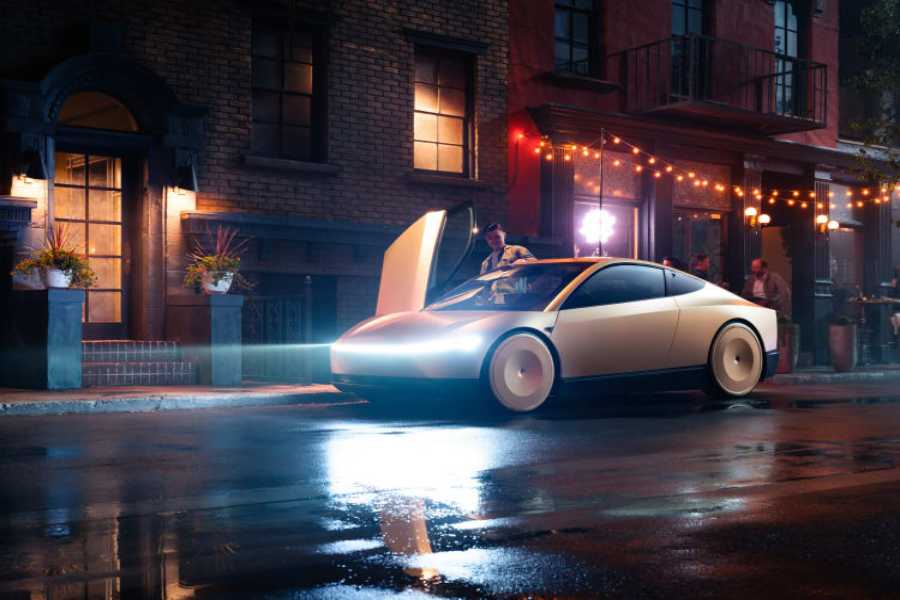Tesla is shifting direction in a major way. The automaker has canceled plans for a $25,000 budget electric vehicle (EV) and delayed the release of a more affordable Model Y variant, redirecting its energy into launching its much-hyped Robotaxi service this summer.
Multiple insiders revealed that Tesla shelved the low-cost EV project—codenamed E41—earlier this year. Originally envisioned as a game-changer for affordable electric mobility, the project was scrapped in favor of advancing Tesla’s autonomous ride-hailing efforts. This shift was confirmed through internal company communications and meetings.
Instead, Tesla intended to introduce a stripped-down version of the Model Y based on existing platforms to speed up its release. But even that plan has hit a roadblock. The U.S. launch of the more affordable Model Y has been postponed, now projected for late 2025 or early 2026.
While exact reasons for the delay remain unclear, manufacturing plans show the vehicle would be produced first in the United States and later expanded to Chinese markets. Sources familiar with Chinese production say the new variant will be smaller and roughly 20% cheaper to produce than the current Model Y. However, it will still carry a higher price than the scrapped $25,000 model.
Tesla’s Q1 2024 earnings statement confirmed the company’s updated strategy to reuse existing vehicle platforms for faster rollout of new models, including more affordable offerings. Yet, even with this approach, affordability remains a challenge for the EV giant.
Instead, Tesla is turning its full attention to autonomy with the launch of its Robotaxi program. In June, the company is expected to roll out unsupervised, fully autonomous vehicles in Austin, Texas. CEO Elon Musk described the initiative during Tesla’s Q4 2023 earnings call, saying the Robotaxi service will be available as a paid option with no driver present.
The initial rollout is focused on Austin, not because the technology is limited to that area, but because Tesla wants to ease into deployment. According to Musk, the self-driving software performs well in other cities, but Austin is the company’s choice for testing its full potential in a controlled environment.
This Robotaxi launch is critical. Tesla recently reported its weakest first quarter in vehicle deliveries and stock performance since 2022. The company’s pivot toward autonomy could be seen as an attempt to regain investor confidence and define the next chapter of Tesla innovation.
Last year, Musk highlighted self-driving tech and robotics as Tesla’s future, citing Ark Invest’s projection that autonomous vehicle services could add $5 trillion in value to the company’s valuation, excluding its robotics arm. The pressure is now on Tesla to make that prediction a reality.
However, recent experiences with pared-down models raise concerns. Tesla’s release of the rear-wheel-drive Cybertruck offered a $10,000 price drop compared to its dual-motor version. But buyers lost key features like a powered tonneau cover, adaptive suspension, synthetic leather seats, a secondary touchscreen, and more. The backlash hinted at the risks of cutting too much in the name of affordability.
Tesla must avoid a repeat if the stripped-down Model Y is to succeed. The company needs to provide meaningful cost savings without gutting essential features that make a Tesla feel premium.
As for public communication, Tesla has remained quiet. Autoblog reached out for comment regarding the E41’s delay but received no response. The company did confirm via social media that Robotaxi services are coming soon to Austin, but details remain sparse.
With Tesla’s Q1 earnings call on the horizon, stakeholders will be eager for updates. Will the Robotaxi launch go as planned? Will the company introduce a simplified Model 3 to fill the affordable gap? Most importantly, can Tesla hold its competitive edge as newer EV players close in?
For now, one thing is clear: Tesla is placing a massive bet on autonomy over affordability. Whether that pays off remains to be seen, but the next few months will be telling.

